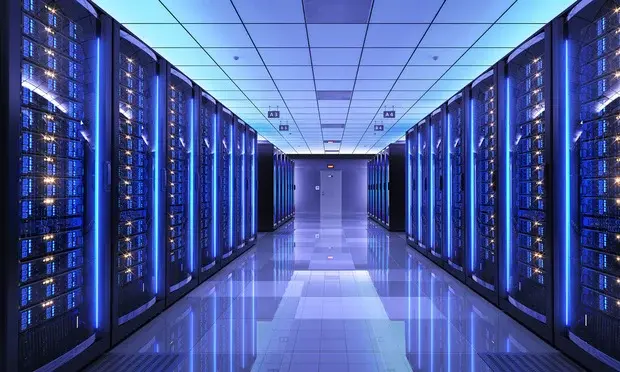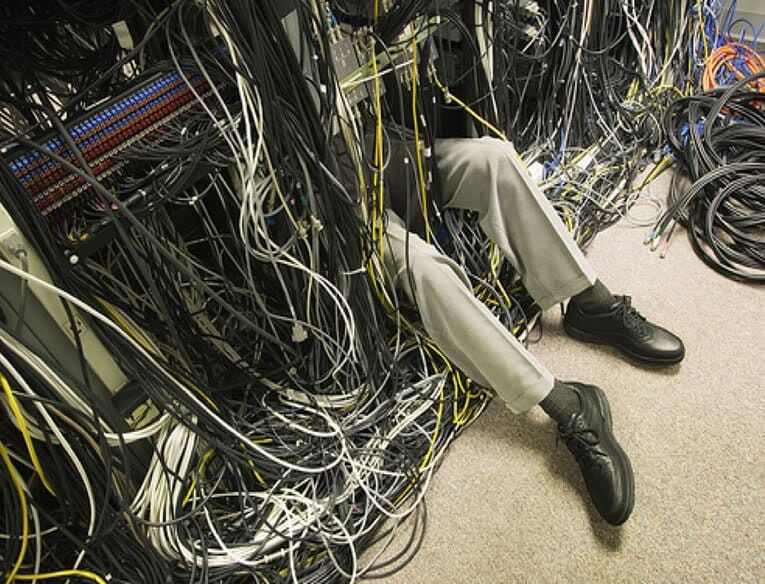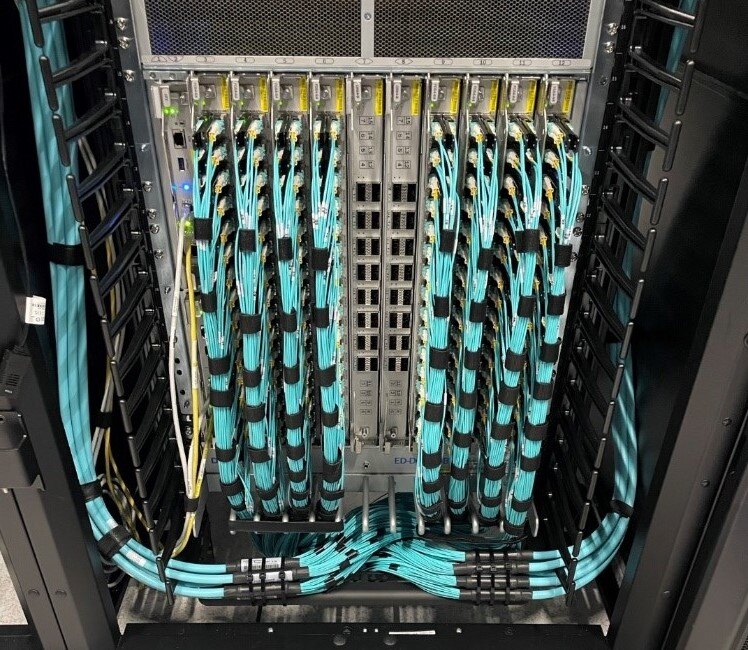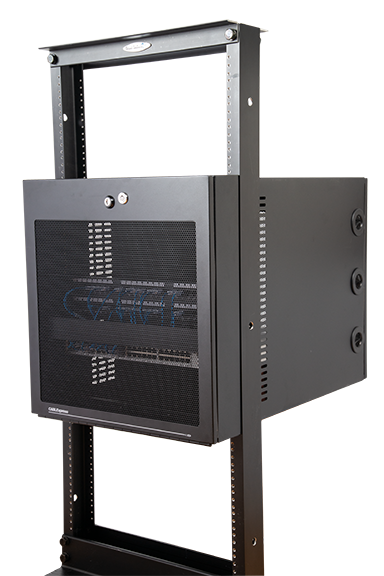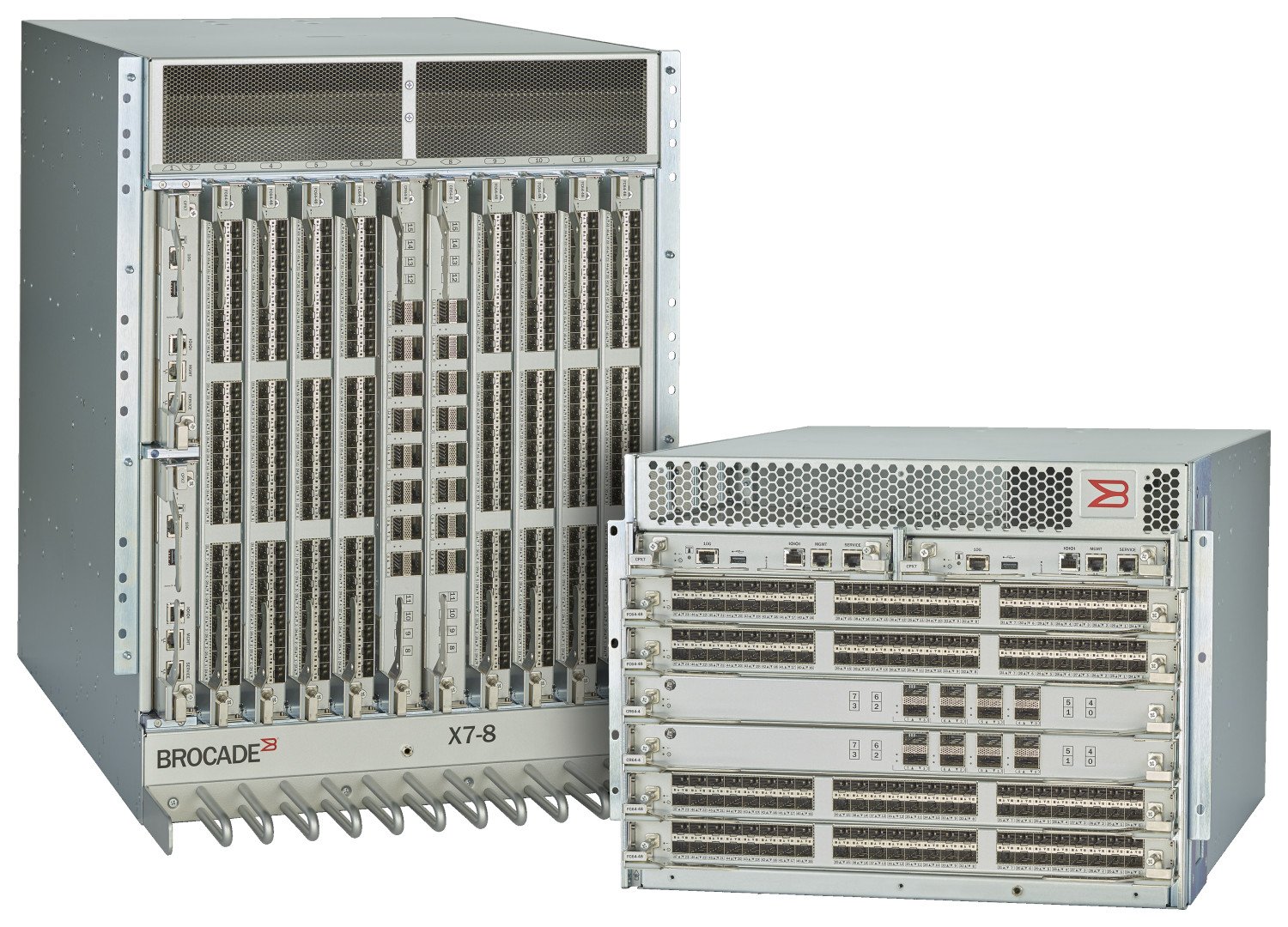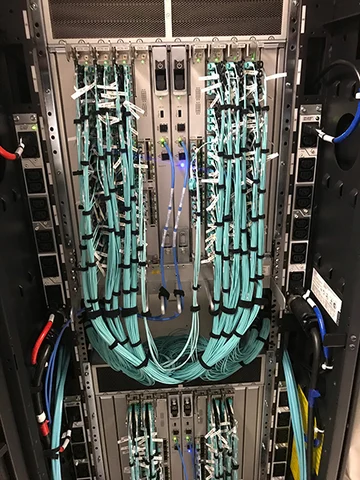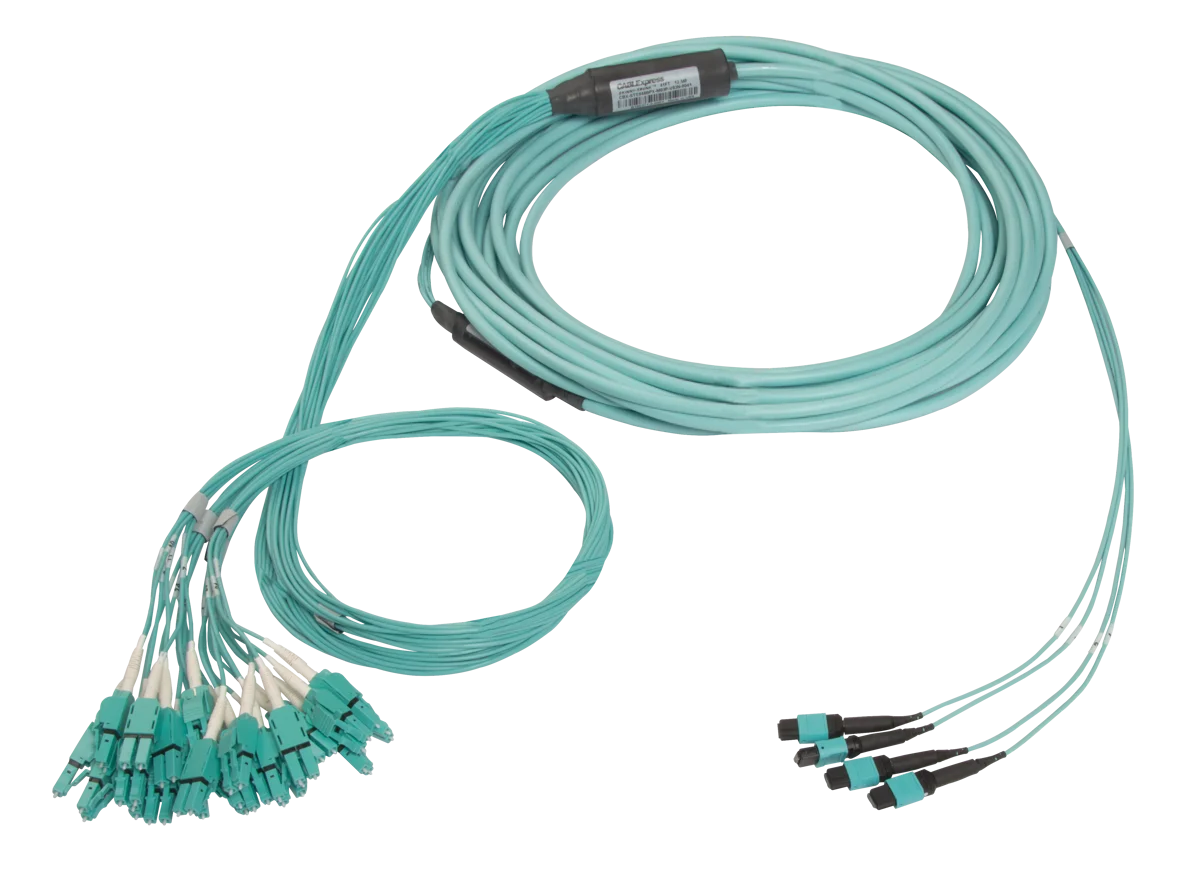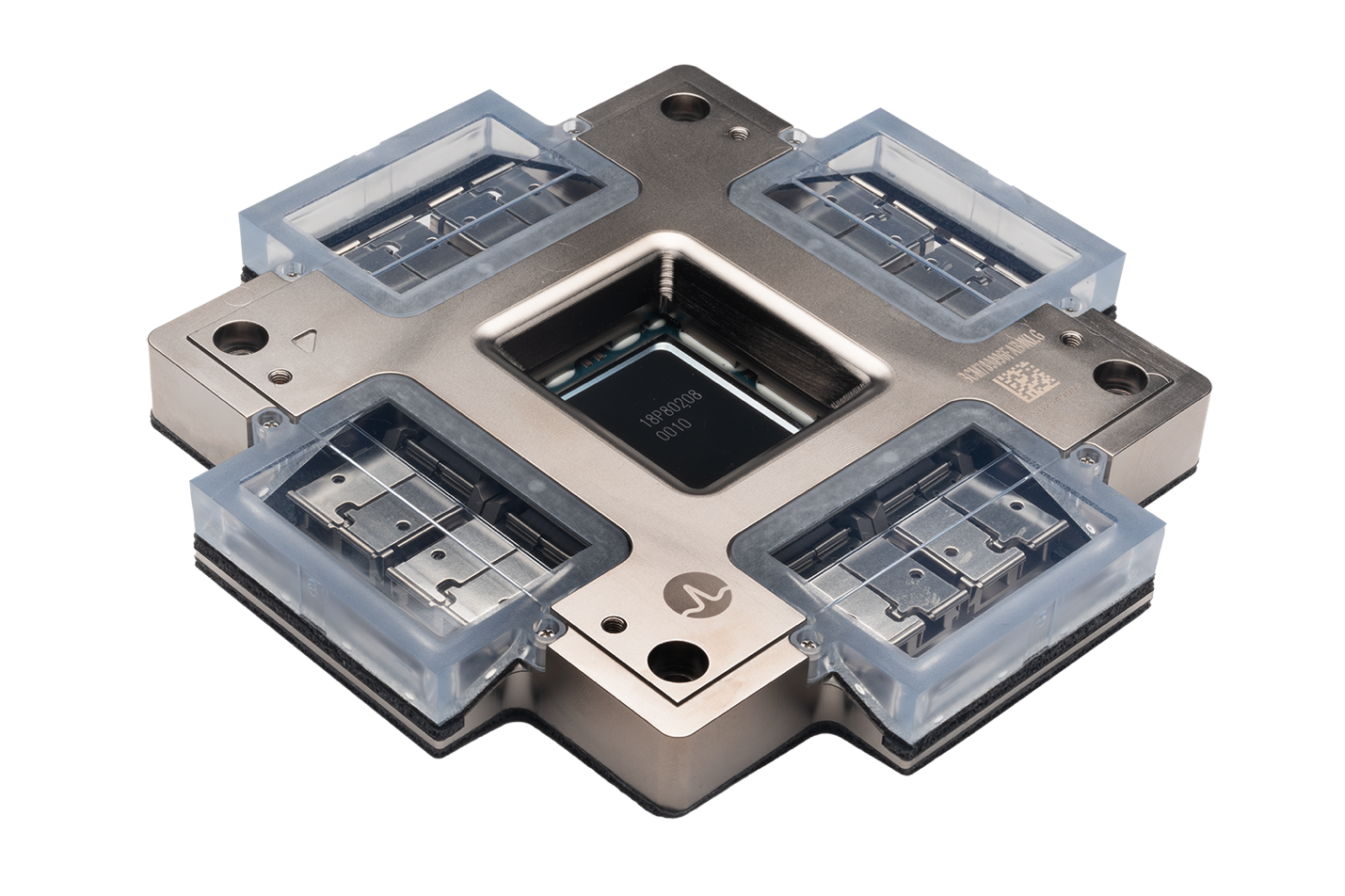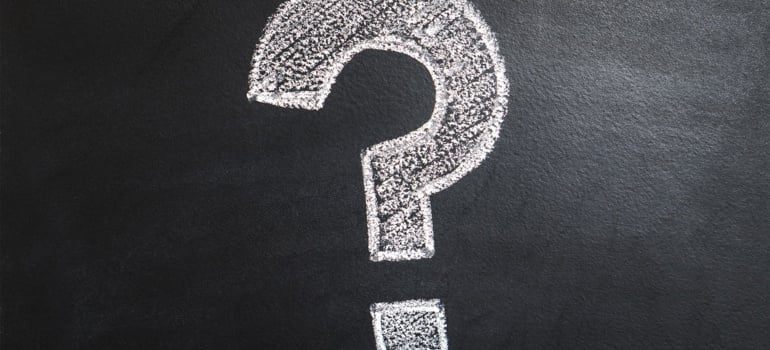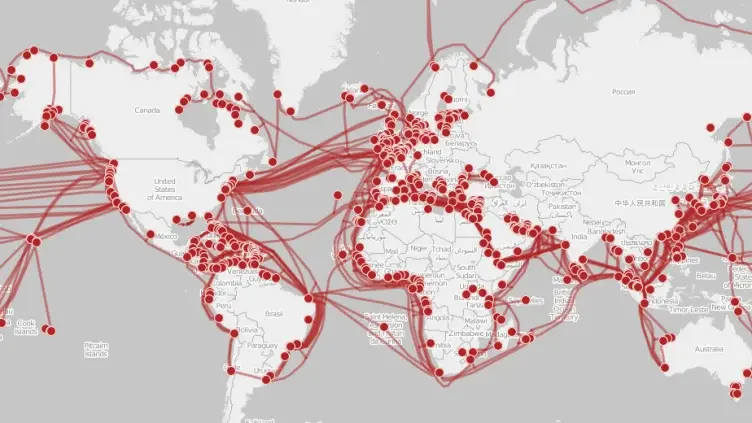data center Sustainability IT Infrastructure Fiber Optic Cabling Carbon Offsetting
Harnessing Fiber Optic Cabling for Eco-Friendly Data Centers
As an employee who has always valued the importance of environmental responsibility, I am proud to...
data center Fiber Optic Cabling
Navigating the MTP®/MPO Component Shortage with CABLExpress: Your Reliable Partner in AI Hyperscale Data Center Expansion
In the rapidly evolving landscape of AI hyperscale data centers, the demand for high-performance...
Investing in Excellence: Why MTP/MPO Cables are Worth the Premium for AI Hyperscale Data Centers
Superior Scalability and Flexibility
Structured Cabling System for High-Density Brocade Hardware Integration
In the world of technology integration, finding the perfect structured cabling system for...
Hardware Security Data Security
Solving Key Challenges: The CABLExpress Rack Mount Security Enclosure, The “RMSE”.
Ensuring Uncompromised Security
The Problem:Data Centers and Shared Spaces: In data centers,...
NETWORKING Fiber Optic Cables Brocade
CABLExpress Introduces Port Replication Solution for VSFF SN Connector for Brocade X7 FC64-64 Blades
In a significant leap forward for data center connectivity, CABLExpress unveils a groundbreaking...
data center NETWORKING Cabling
Why is Cable Management Important?
Effective cable management is not just about tidying up the server room; it offers tangible...
strategy data center NETWORKING IT Network
Weighing the Options: The Case for Companies to Consider Owning Their Data Centers
In today's rapidly evolving digital landscape, businesses face a critical decision when it comes to...
data center Cabling Structured Cabling
Streamlining Cable Management: CABLExpress Stagger Solutions
Efficient cable management is crucial for maintaining a well-organized and functional network...
data center IT Infrastructure NETWORKING Cabling Fiber Optic Cables Structured Cabling Fiber Cable Fiber Optic Cabling Networking Cables
Guide to Measuring FOR Fiber Cables in Data Center Installations
Pre-terminated fiber cables offer convenience and efficiency in data center installations. These...
Recent Posts
Introduction: A New Chapter in Optical Connectivit
Low-loss fiber connectivity is essential for...
Starting a data center hardware upgrade is a...
Posts by Tag
- data center (12)
- Fiber Optic Cables (11)
- Cabling (7)
- NETWORKING (6)
- Structured Cabling (6)
- Fiber Optic Cabling (5)
- Fiber Cable (4)
- Networking Cables (4)
- Fiber Cables (3)
- Hardware Security (2)
- IT Infrastructure (2)
- Port Replication (2)
- Sustainability (2)
- AI (1)
- Brocade (1)
- Carbon Offsetting (1)
- Data Security (1)
- FCOE Works (1)
- ICLs (1)
- IT Equipment (1)
- IT Network (1)
- IT infrastructures (1)
- POE (1)
- Switches (1)
- Tapped Holes (1)
- data centers (1)
- hardware (1)
- infrastructure (1)
- storage (1)
- strategy (1)
Popular Posts
Why does the gauge matter in my network’s racks?...
The internet may feel like an invisible, instant...
Introduction: A New Chapter in Optical Connectivit


